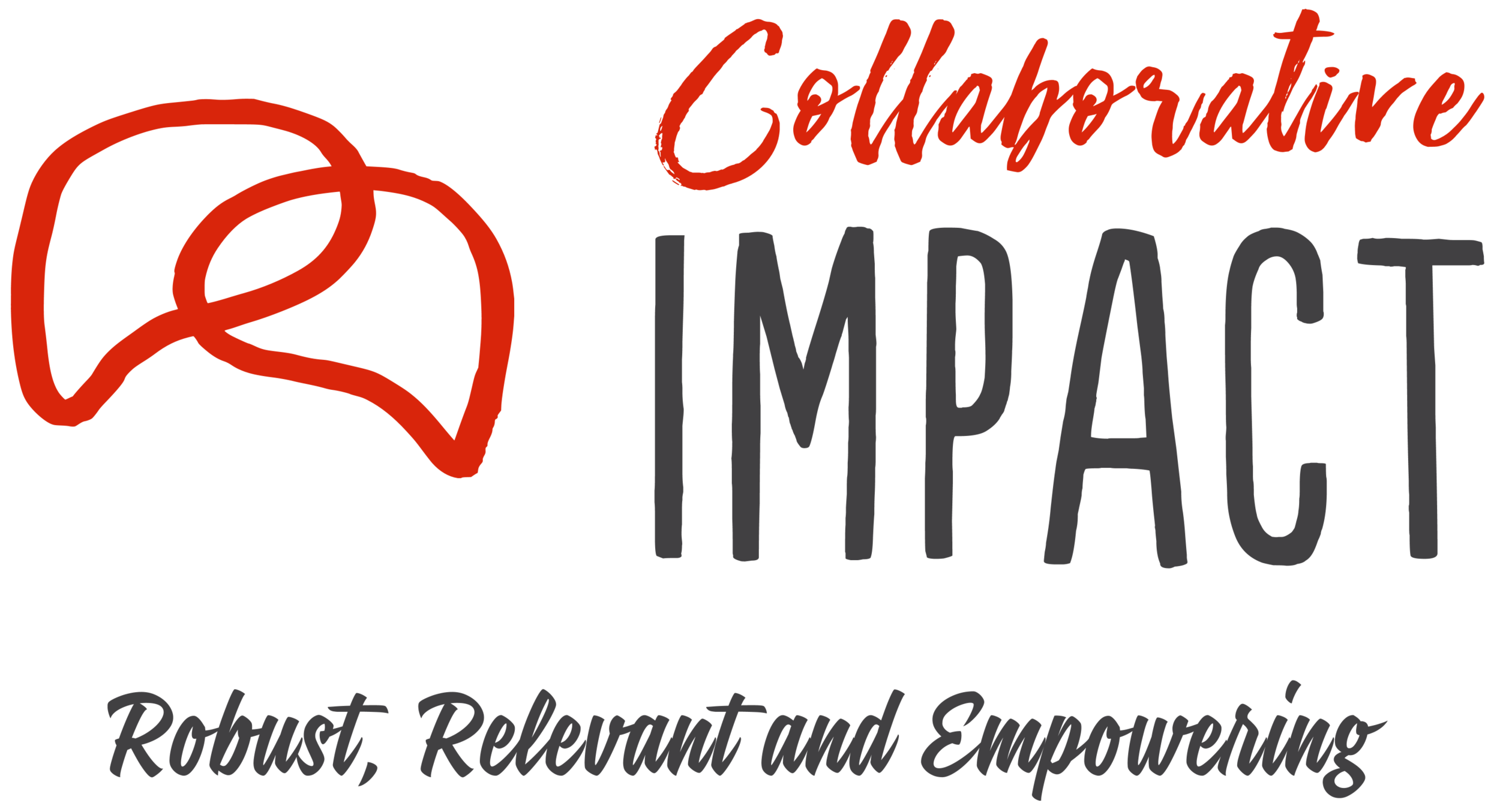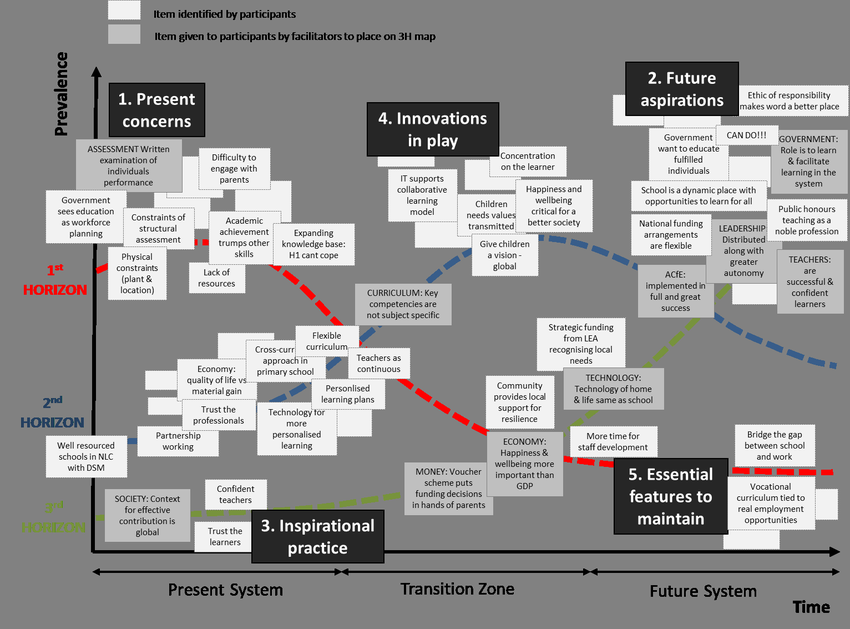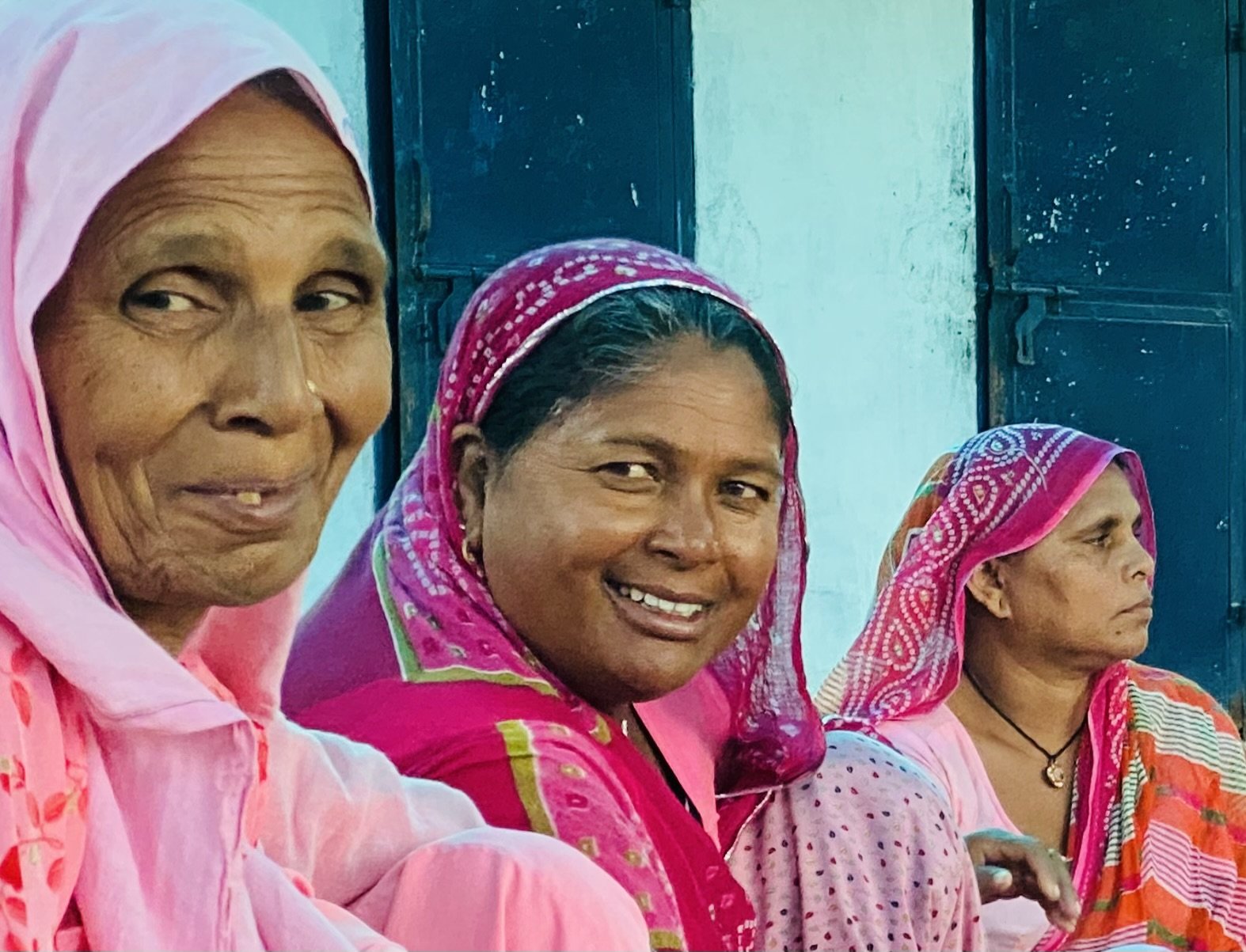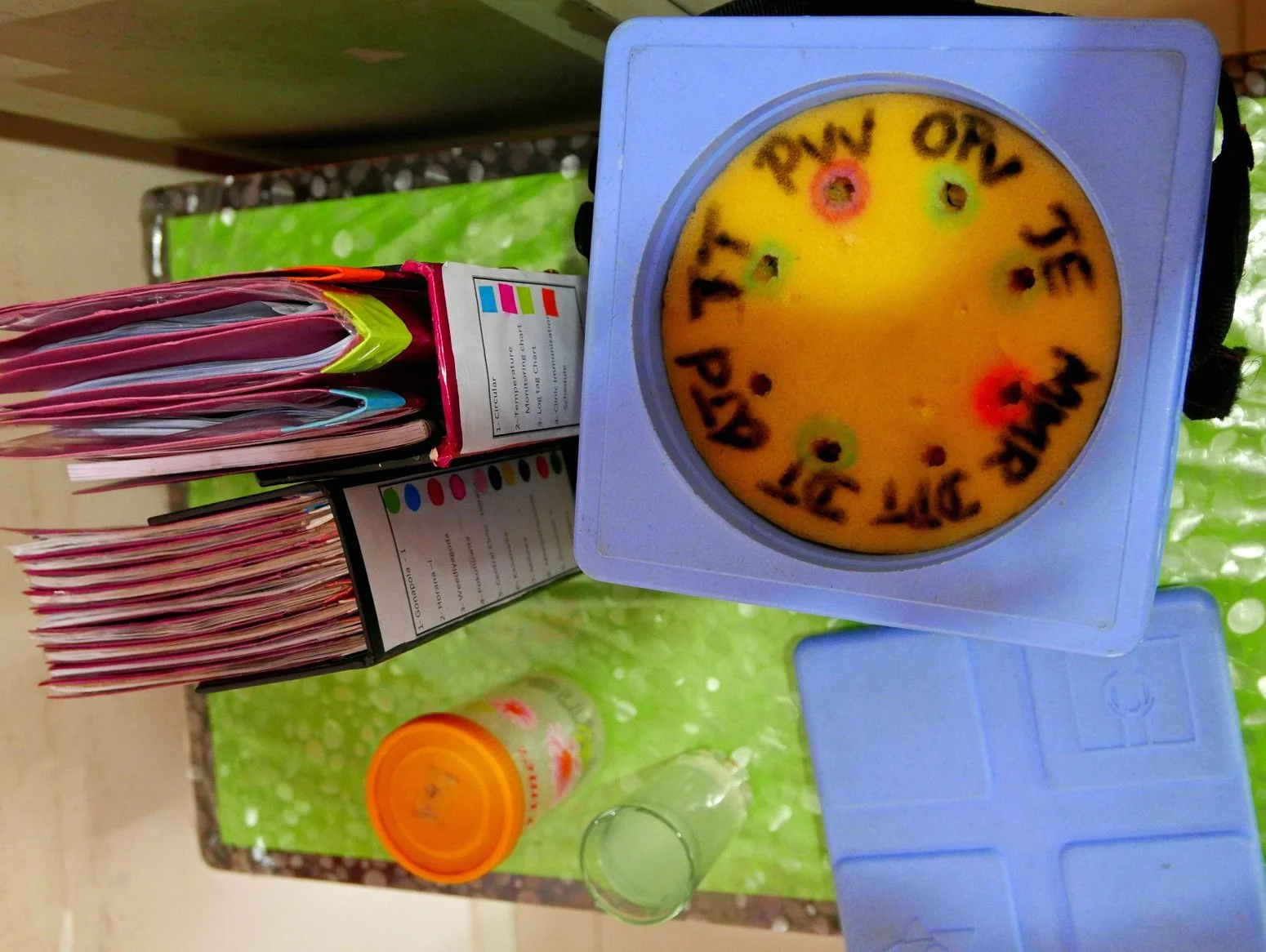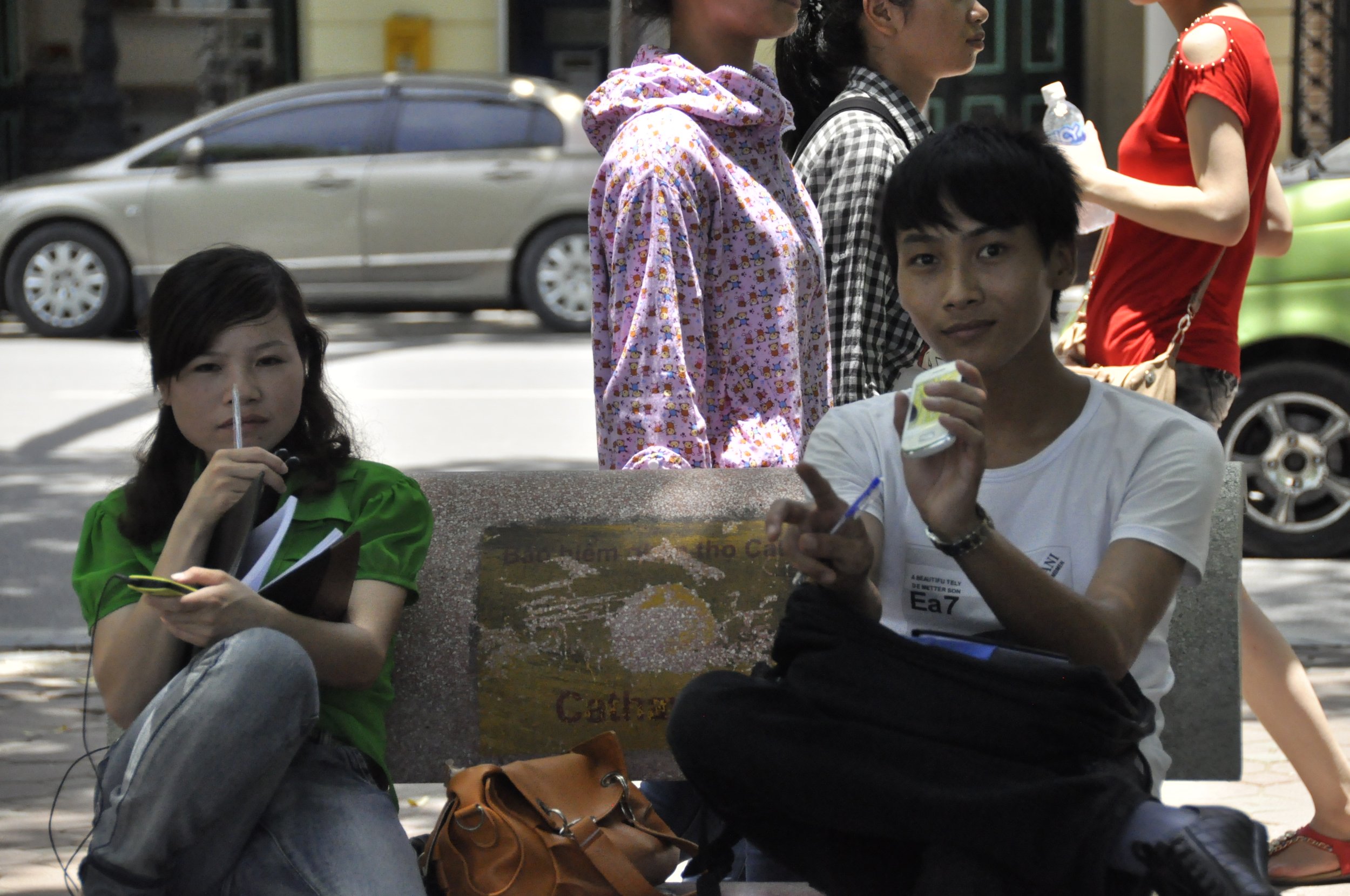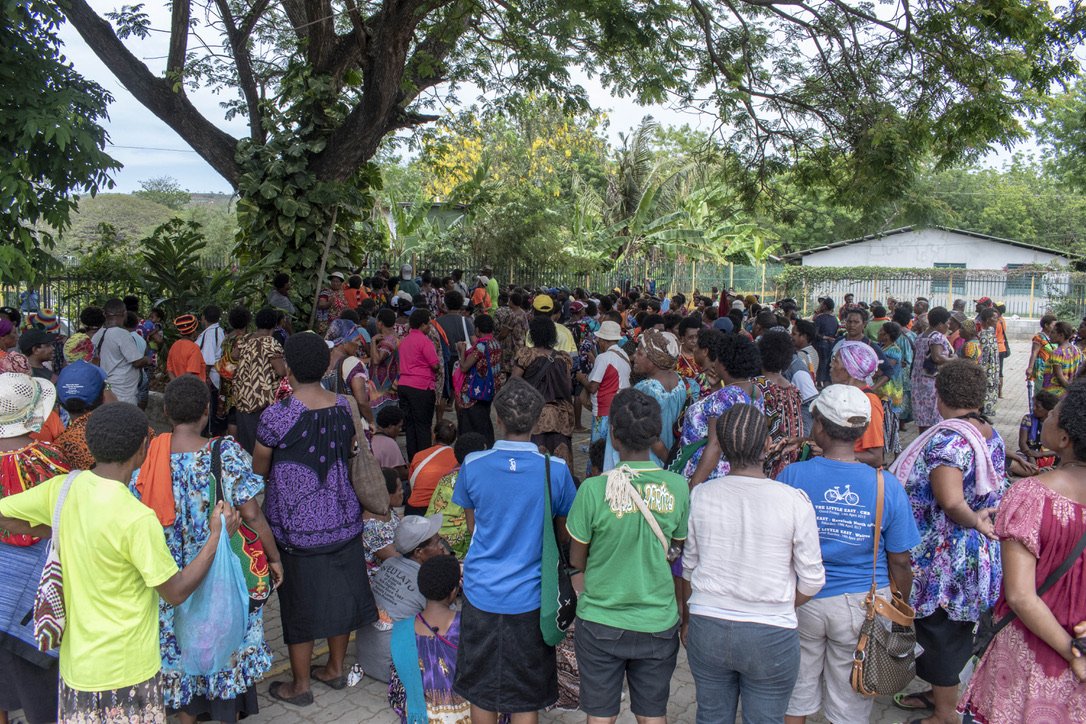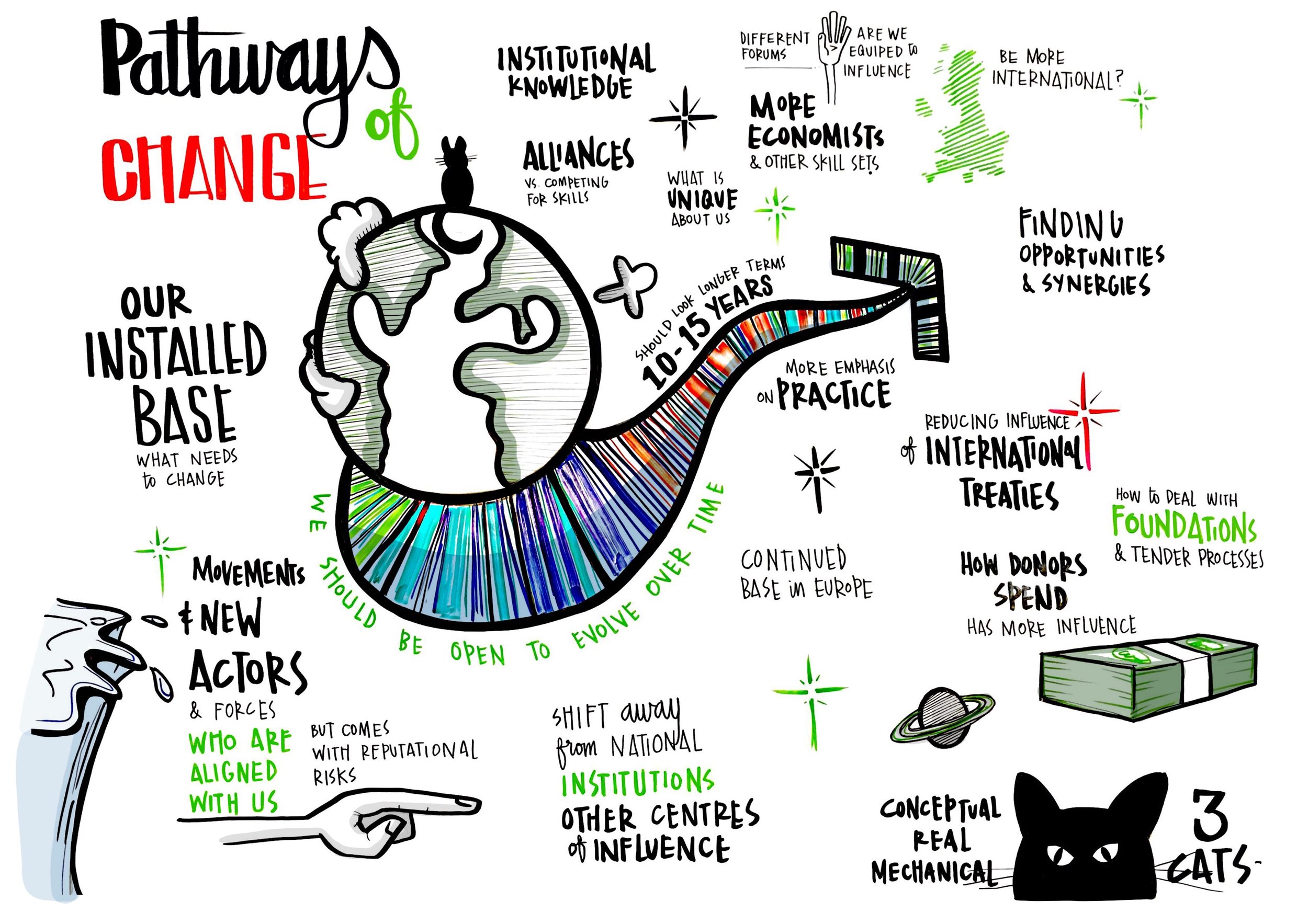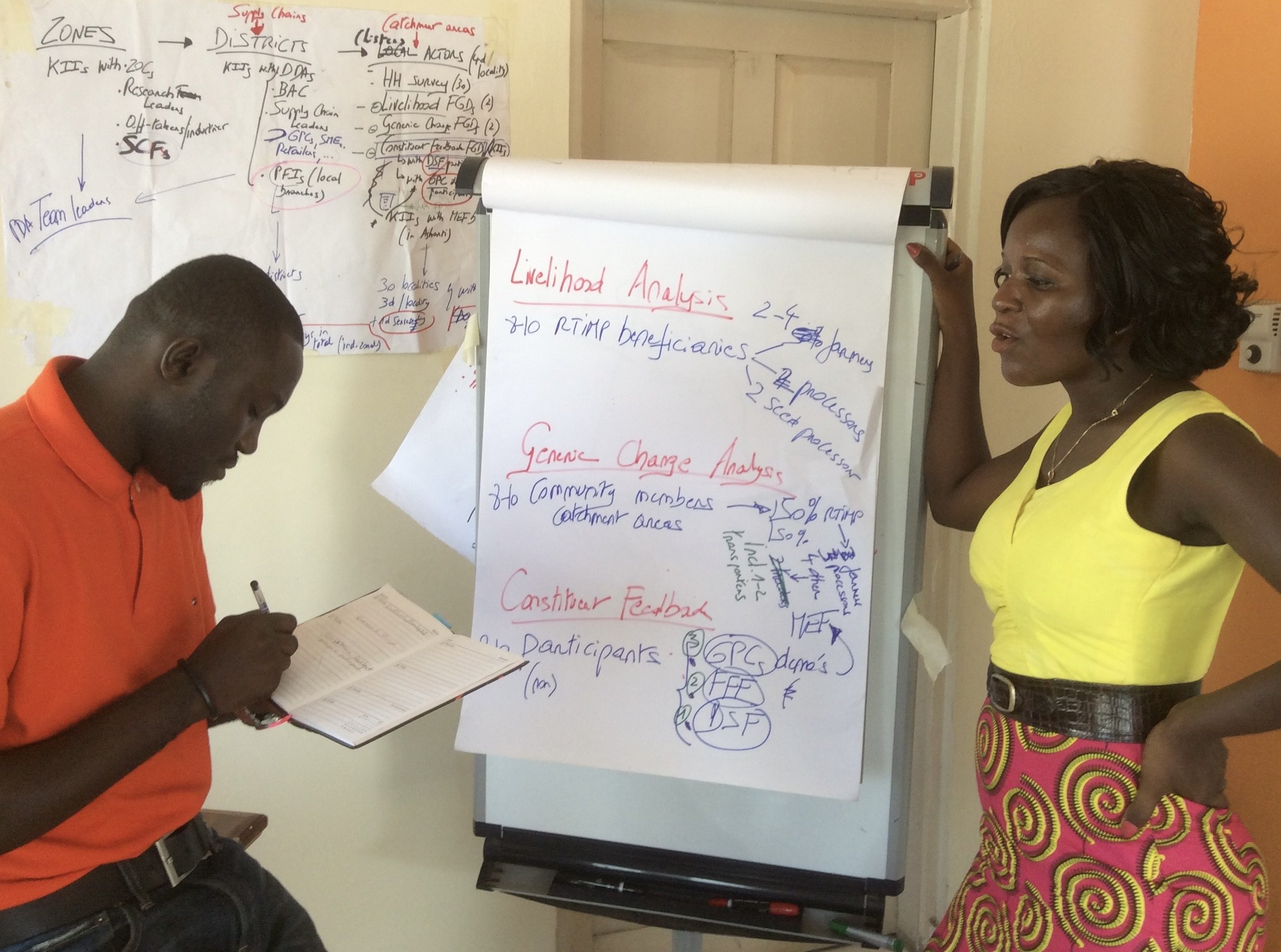PARTICIPATORY SENSEMAKING
Participatory Sensemaking is an essential element in our Participatory Impact Assessment and Learning Approach (PIALA), aiming to incorporate a wide range of stakeholder perspectives into a collective process of cross-validating emerging findings and valuing contributions. It fosters dialogue among stakeholders and helps to complete the learning cycle, making the evaluation process more democratic, inclusive and robust.
Participatory Sensemaking involves dynamic workshops (whether in-person, online, or a combination of both) that facilitate joint interpretation of evidence, based on an evaluative Theory of System Change (ToSC). It brings together diverse stakeholders to cultivate ownership of preliminary findings, and promotes early adoption of lessons and recommendations.
Typically, the workshops are scheduled at various stages and levels within the evaluation process, before reaching the evaluation’s final analysis and reporting stage. Typically they occur at the end of the inquiries in each location or phase, and again at the end of all inquiries when data from across the different locations, phases and levels are integrated into a preliminary comprehensive analysis.
During these sessions, participants deliberate on the evidence and nascent findings, identify gaps or inconsistencies needing further investigation, value contributions from evaluated programme components, recognize differing stakeholder roles and contributions, and develop recommendations.
Models and Tools for Participatory Sensemaking
Our approach to facilitating Participatory Sensemaking in PIALA-based evaluations is guided by Matter’s Design Forum model and principles.
In the case of portfolio or strategy reviews with formative goals that adopt a forward-looking perspective (for instance, crafting future-proof impact pathways and transition strategies), we integrate Strategic Foresight tools (such as Backcasting and Three Horizons) within the Design Forum approach.
Enabling equal and meaningful participation
The structure of the workshops typically adopts a ‘patches & nodes’ design, which helps to manage power dynamics effectively. ‘Patches’ consist of relatively homogeneous groups sorted by stakeholder type, while 'nodes' are mixed groups organised around the system depicted in the ToSC (often per region). Initially, 'patch' group participants discuss evidence pertinent to their area or level of influence in the ToSC, offering a secure environment for sharing opinions and assessments among peers before broader dissemination. In 'node' groups, the discussion shifts to system-level evidence, constructing a causative narrative that either corroborates or disputes the ToSC.
The size of the workshops can vary, from small three-hour sessions with 30-40 participants (e.g. at interim moments) to larger events spanning one or two days with over 100 participants (e.g. at the end).
Ensuring at least 30% participation from programme beneficiaries (or impact population representatives) is a priority. To empower these participants to express their views confidently in the presence of authority figures, it's crucial they are always the majority in mixed groups. In plenary sessions, beneficiaries are given precedence to share their 'patch' group insights before any other stakeholder group does.
In the evaluation of global portfolios or programs, physically assembling all stakeholders is often not feasible. Virtual participation strikes a balance by enabling local stakeholders to join global discussions. However, this arrangement comes with a compromise in interactivity and engagement, which inherently affects the effectiveness of virtual sessions in terms of enabling equal voice and building ownership.
Projects
Resources
De Jaegher H, Peräkylä A, and Stevanovic M (2016). The co-creation of meaningful action: Bridging enaction and interactional sociology. Philosophical Transactions of the Royal Society B, 371: 20150378.
